The cab drew to a halt outside the clubhouse, which occupied a prime location on the corner of Pall Mall and St. James’s Square. This had long been the centre of both power and club life in London, housing not only this famous institution, but also the Reform Club, and the Athenaeum amongst others. I was but a stone’s throw from a royal residence, and the war office to boot. I gazed up at the imposing white walls of the Apollonian, which seemed to glow as they were hit by a few weak rays of evening light that somehow found the strength to permeate the dark grey clouds. The shaft of sunlight glinted from the golden bow brandished by the statue of Apollo above the entrance, before vanishing again, returning the vista to dreary grey gloom. […] I stepped between the Portland stone columns of the classically styled frontage and onto the tiled porch. The rain dripped from the brim of my hat and ran down my neck. I had been out of the hansom for but a moment, and was already half-soaked. Yet the grand old building was welcoming, and the weather could not dampen my spirits. All those years ago, when I had harboured ambitions of becoming a man of letters, I dreamt of following in the footsteps of those proud members of the Apollonian; Tennyson, Thackeray, Scott—even Dickens was said to have been an occasional visitor. Once on the threshold that had been trod by such great men, under the great glass lanterns that flickered above me, I was relieved to see the warm glow of lights and fires within the clubhouse itself, and a servant of the club opening the door to meet me.
– The Lazarus Gate
In The Apollonian Casefiles, the eponymous club is almost as much of a character as John Hardwick and the other agents of Apollo Lycea. A noble building, housing the great secrets of the empire, and providing a home-from-home for some of the greatest luminaries of Victorian Britain.
I’ve always had a bit of a fascination for ‘clubland’. There’s something reassuringly old-fashioned about the idea of this private retreat for gentlemen – a well-stocked library and a glass of port; a game of cards and a bedroom for those times when home life is just too trying. Of course, as a confirmed pleb, I’d never have made it past the front door, but a chap can dream, eh?
The Apollonian itself isn’t a real club. I know, I know, sorry to shatter your illusions. As most real clubs are home to the rich and powerful to this day, and are all privately owned, it’s rather dicey to set a novel about secret agencies and political manoeuvring in one of them. However, I took inspiration from not one, not two, but three clubs for the Apollonian, and so I thought it’d be fun to reveal which, and what for…
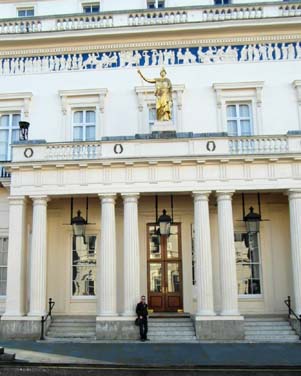
Your esteemed author in Clubland.
The Athenaeum
It’s kind of an obvious place to start. The Athenaeum is the inspiration for the name and outward appearance of the Apollonian (with the exception being that the Apollonian has an extra storey). It is an elite club, with a reputation for intellectuality, deep respectability and episcopacy. Both Athena and Apollo have Lycean counterparts in ancient history, so the lore aspect worked, too – symbolised by the statues outside. The description of the entrance hall and grand staircase are close to the Athenaeum. Finally, the Athenaeum is renowned for its library, one of the finest in clubland – however, although I stole that bit of lore for the Apollonian, the physical description of the library is actually closer to the Reform Club’s, below.
The Reform Club
The Reform Club is one of the less secretive of the old gentlemen’s clubs, and has been used in fiction many times – most notably as Phileas Fogg’s club in Around the World in 80 Days. It was a great political retreat of the liberal-minded, and attracted those great politicians who supported the Reform Act, such as Brunei, Palmerston and, later, Gladstone.
The Reform Club provided the inspiration not just for the layout of the Apollonian’s library, but also for the skills of its chef, whose fantastic cuisine was the especial favourite of Ambrose Hanlocke. The Reform Club’s chef, Alexis Soyer, was a bit of a Victorian Jamie Oliver, pioneering a mission to improve provisions for British troops serving abroad. The Reform’s actual dining room, on the other hand, was in my mind when picturing the large boardroom of the Apollonian; its dark panelling and long table seemed fitting for those important meetings of secret agents and world leaders alike. It was also one of the first clubs to have private bedrooms for its members – a trait referred to often in the Apollonian Casefiles, when agents of the Crown are forced to seek sanctuary in the club’s hallowed halls.
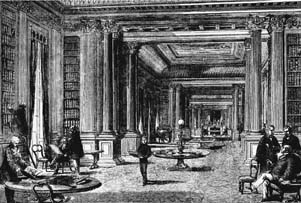
The Carlton Club
Despite the Athenaeum’s formidable reputation as housing London’s movers and shakers, it was not actually the centre of the political world in clubland. That honour belonged to the Carlton Club, its neighbour the Reform Club, and Brooks’s. The Carlton Club is probably the most famous of all political establishments, and its influence was tremendous. The club was said to have fulfilled many of the functions now performed by the Conservative Central Office. Indeed, When Disraeli joined the Tory Party, one of his first tasks was to secure membership – the rest, as they say, is history. Gladstone was already a member at that time. When the Tory membership discovered that Gladstone had accepted the post of Chancellor of the Exchequer in Lord Aberdeen’s (gasp) coalition government, it was suggested that the venerable politician be pitched out of an upper window in the direction of the (more liberal) Reform Club.
The Carlton Club was hit by a German bomb in WWII (several members of the Conservative cabinet narrowly escaped, prompting one Labour politician to quip ‘the Devil looks after his own’), and had to move to St James’s Street. There’s now an office block on the site, which isn’t quite in keeping with the rest of the row.
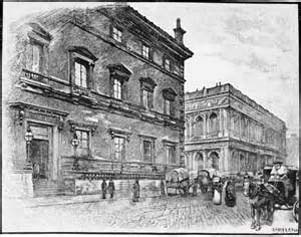
The Location
The Apollonian Club is located on the corner of St, James’s Square and Pall Mall, opposite the Reform Club. There are actually three separate buildings on that site, which back onto Norfolk House – today, one is the office of an investment bank, and the other a noted dealership in old masters. In the novels, however, this is one large building, with a Portland stone façade. Sir Toby’s office is situated in one of the upper corners. From this fictional location, he can look out across the park at St. James’s Square, but if he looks left he can also see the Carlton Club. In reality, this view would not be possible, because there’s a building in the way of the park, but I won’t tell anyone if you won’t. Behind all those venerable old buildings are private gardens and enclosed back yards, which we can imagine provide access for secret visitors to the club.
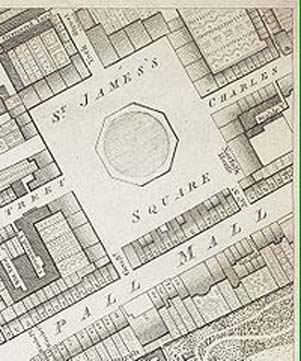
Honourable Mention
I must shout out to the Army & Navy Club, which is mentioned several times. It is first lampooned by Ambrose Hanlocke, when he refers to the ‘Rag & Famish’ – an old nickname for the club based on its notoriously meagre food (the actual Rag and Famish was a squalid gaming house off Cranbourne Alley). Jim Denny is a member there, and later John Hardwick joins too, when he becomes too jaded to continue socialising at the Apollonian.

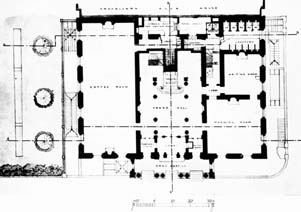
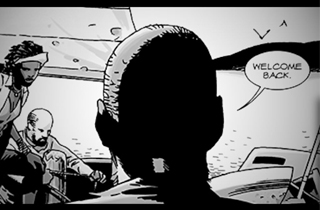


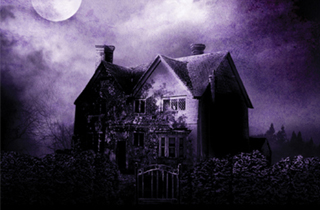
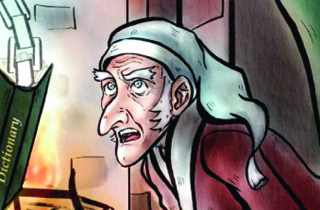
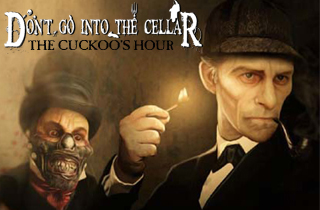
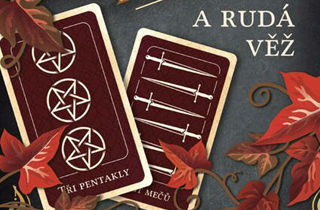
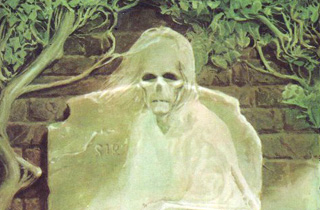

Leave A Comment